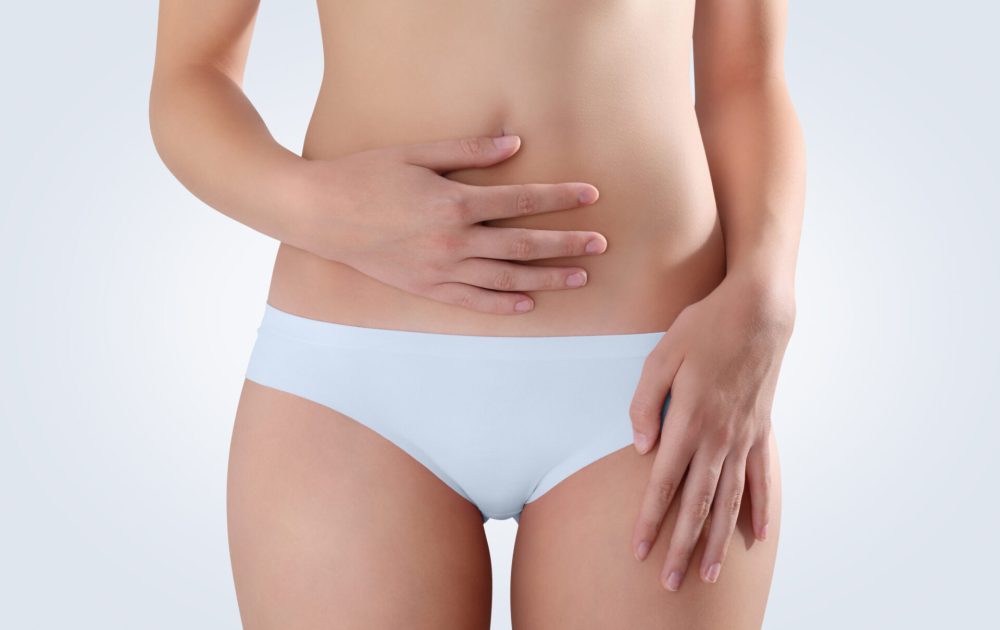Our test tells you which everyday chemicals you've recently come into contact with, and easy steps you can follow to reduce your exposure to them.
What are chemical free period products?

Period products are a necessity for women and girls. But they’ve come under scrutiny recently as researchers investigate what’s in them, and whether there might be any effects on female health from the chemical substances used in them.
Are there any health risks?
Period products come into direct into skin contact, so any chemical substances used to make them are readily absorbed into the body, reaching body tissue in one of the body’s most sensitive areas without undergoing normal metabolic, cleansing processes. A scientific review of research in this area found that period products contain endocrine disrupting chemicals (EDCs) including phthalates, parabens, phenols, and VOCs.
So it’s possible that exposure to EDCs in period products could present a health risk to their users due to their ability to mimic and disrupt the actions of the endocrine system. EDCs are linked with higher risk of breast cancer, changes in fertility, and lower bone density.
PFAS in menstrual underwear and tampons
Period pants rely on moisture wicking, synthetic fibres to absorb flow. Along with period pads and tampons, they come into direct skin contact with vaginal and vulval tissue where skin can directly absorb any chemical substances present in the products. Fluorine, which is an indicator of the presence of a large group of chemicals known as PFAS (per- and polyfluoroalkyl substances) has been detected in tampons and period pants.
PFAS have been found in up to one quarter of period pants tested in the US (they are used for their ability to repel liquid and provide stain resistance). In some tests, PFAS represented up to 10% of the materials used. Other studies have detected endocrine disrupting chemicals in period products, increasing the potential for them to directly enter into the body.
Research in this area is relatively new, and it may be too soon to draw conclusions about the longer term health effects associated with exposure to PFAS in period products. But PFAS are already known to have endocrine disrupting properties due of their ability to mimic the actions of hormones, which control the glands of the endocrine system, including the ovaries. PFAS is also linked to the development of cancer and other illnesses.
Chemical free period protection
It’s not easy to find out what manufacturers use to make period products, and there’s no legal requirement to list the substances used. For example, Always broadly describe how their pads are made, but don’t specify any of the substances.
But the good news is, it’s easy to find period products free of chemicals if you are concerned. Here are some ideas to help you avoid some of the chemicals.
- Menstrual cups and discs made using natural rubber or medical grade silicone.
- For a range of BPA free and organic period products visit DAME.
- Tampon products without phthalates and organic materials.
- Look for products with plastic free applicators and packaging.
- Paraben free pads and liners.
- Organic cotton tampons & pads.
- Look for products marked chlorine free.
- Products scented to mask odour may use phthalates to create the fragrance, so check the materials used or contact the manufacturer for information.
Image credit: amedeoemaja